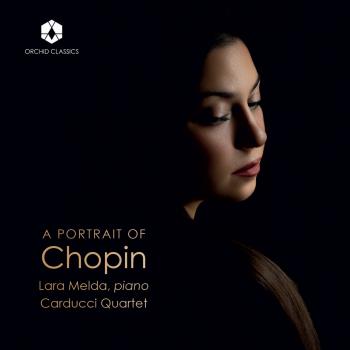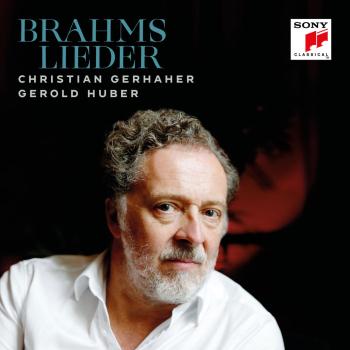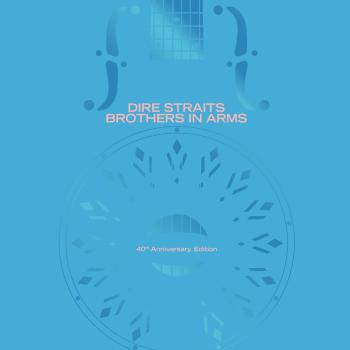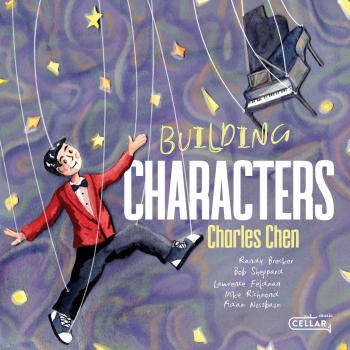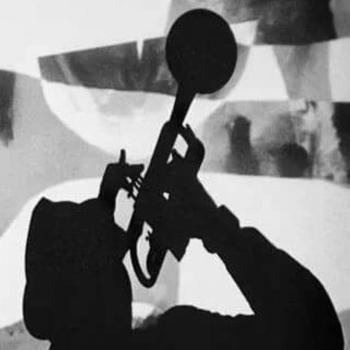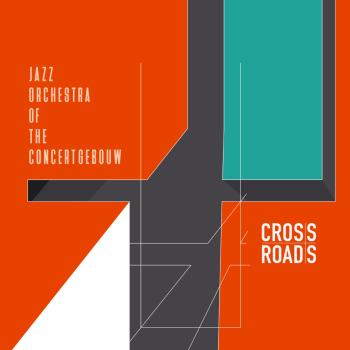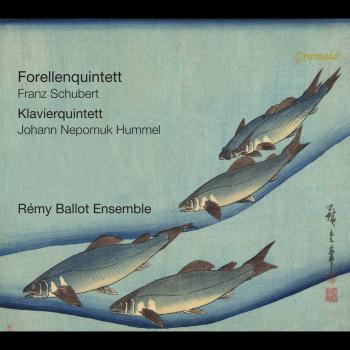Diana Krall & The Clayton-Hamilton Jazz Orchestra
Biographie Diana Krall & The Clayton-Hamilton Jazz Orchestra
Diana Krall
Some music is intended to paint a romantic scene – a candlelit dinner, a walk along a moonlit beach. Quiet Nights – Diana Krall’s twelfth album – ain’t about that. Using Brazil as a musical point of reference, the award-winning pianist and singer is not suggesting a night out; she means to stay in.
“It's not coy. It's not ‘peel me a grape,’ little girl stuff. I feel this album’s very womanly – like you're lying next to your lover in bed whispering this in their ear.”
She’s not kidding. From Krall’s refreshing version of “Where or When,” to an utterly soul-stilling rendition of “You’re My Thrill,” the ten songs on Quiet Nights are disarming in their intimacy. Even those already familiar with the breathy vocals and rhythmic lilt in Krall’s music – and now there are millions – will be taken aback by just how far the music pushes, unabashedly, into the realm of sweet surrender. “It’s a sensual, downright erotic record and it's intended to be that way.”
Krall is the first to credit the musical team she assembled – her loyal quartet, ace producer Tommy LiPuma, engineer Al Schmitt plus legendary arranger Claus Ogerman – for much of the seductive power on Quiet Nights. But there’s a deeper, palpable sense of maturity that she brought to the recording as well. “Most of my singing and playing on the album is really just first or second takes. ‘You're My Thrill,’ was a second take – “Too Marvelous,” first take.”
“She’s completely matured,” says Tommy LiPuma, who should know, having first worked with Krall in 1994. “Even in the past few years. She approaches her vocal phrasing much more like an instrumentalist than a straight singer. It’s in her reading of the lyrics, and the timbre of her voice, much more misty like Peggy Lee in her mature period.” (“I didn't want to over sing -- I was drawing also from Julie London very strongly on this album,” Krall confesses, noting that such influences are not always conscious on her part. “It just came out that way.”)
As such, the Brazilian focus of Krall’s new album could not have been a more natural next step. “She's been very sympathetic to this music for a long time,” notes LiPuma. “When we did The Look of Love, we were very much leaning in the bossa nova direction. Quiet Nights is really a celebration of this music. Diana sings three Brazilian classics, she rhythmically turned four standards into that style, and three ballads. So really there are ten songs on the album of which seven are just straight up bossa novas.”
It makes sense that Quiet Nights (also the English name of the bossa nova classic “Corcovado” that is the title track) draws much of its musical spirit from the land that puts the “carnal” into its annual Carnaval celebration. “I was inspired to do this record because of my trip last year to Brazil,” says Krall, who returned to Rio de Janeiro to shoot a concert for a new DVD release. “Then I just kept going back and found that everywhere you go you still hear the sounds of Jobim and bossa nova.”
For those who may not remember or weren’t yet around, Brazil’s bossa nova wave (literally “new bump” or “new way” in Portuguese) was the widely popular musical style, based on the country’s traditional samba rhythms, that swept up from the sidewalk cafes of Rio in the early ‘60s and seduced the entire planet with its hypnotic, swaying beats, sultry melodies, and new, exciting harmonies – all with generous room for jazz improvisation. Antonio Carlos Jobim (who composed “Quiet Nights” and “The Girl from Ipanema”) and Joao Gilberto (“Este Seu Olhar”) are two of the pioneers of the music, revered as national heroes in Brazil to this day.
Fifteen years later, she can look back over a stellar career path: in ’99, signed to Verve, her career exploded when When I Look in Your Eyes won a GRAMMY® for best jazz vocal and became the first jazz disc to be nominated for Album of the Year in twenty-five years. In 2002, The Look of Love was a #1 bestseller in the US and a five-time platinum album in Canada. 2004’s The Girl in the Other Room, was her first to focus on her own songwriting (with six tunes co-written with husband Elvis Costello); 2005’s Christmas Songs proved one of the season’s best-sellers; and 2006’s From This Moment On was an upbeat, critical success that coincided with the birth of her twin sons – a life-affirming event that LiPuma feels enhanced Krall’s continuing growth as a musician. “Motherhood definitely agrees with her—and marriage. I think she's really come into her own.”
As moving as Quiet Nights is -- deriving from Krall’s feelings for Brazil and bossa novas – the singer is not shy in admitting that its sensuality is as much about her home life. “It’s my love letter to my husband – just an intimate, romantic album.” As they say in Rio – obrigado!
The Clayton-Hamilton Jazz Orchestra
In 1986, John Clayton, Jeff Clayton and Jeff Hamilton came together to form the Clayton-Hamilton Jazz Orchestra. "When Jeff Hamilton and I were with Monty Alexander, one of the things that we did in our spare time was listening to some of the great big band records. We were absolutely in love with the Thad Jones/Mel Lewis band. We thought it'd be cool if someday we were involved with a big band. After leaving Monty Alexander, Jeff went with Woody Herman, I went with Basie, I moved to Holland, he moved to L.A. and played with the L.A. Four, and then I moved back to the States. When we got back together, we still thought that having a big band would be a great idea. My brother, who had lived in Los Angeles the whole time, knew all of the best players in the city and how compatible they were personality-wise, so he basically put the band together."
Although it was a bit illogical to form a new big band in the late 1980s, the Clayton-Hamilton Jazz Orchestra was a success from the start. One of its main strengths is that it has three co-leaders. "In the beginning my brother was responsible for getting the musicians, I was responsible for writing music that would get them to keep on coming back since they hated to rehearse, and Jeff Hamilton was responsible for finances which meant that Jeff Hamilton didn't have anything to do for a long long time! Since then things have changed.
To be a member of the Clayton-Hamilton Jazz Orchestra, musicians not only have to be technically skilled and excellent jazz players but they need other qualities. "Musicians have to really want to be a part of our band and what we do. They have to show us through their devotion and dedication that they are not blowing smoke in our face. We don't want people to just want to have a gig. We want musicians who love what we do and want to be in this family. With us it is truly about the music and the camaraderie. It is family."
Thus far the Clayton-Hamilton Jazz Orchestra has recorded six CDs: "Groove Shop" (Capri), "Heart And Soul" (Capri), "Absolutely" (Lake Street), "Explosive with Milt Jackson" (Qwest), "Shout Me Out" (Fable) and the most recent "Live At MCG" (MCG Jazz). The band had its own sound from the start and has continued to evolve. "I think what we are doing now is more sophisticated than what we were doing at the beginning. The element of swing is always going to be there and we do not want to deny it but we are also looking for other colors and other feelings. 'Like A Lover' on our most recent CD has sounds that were not a part of our early concept."
The Clayton-Hamilton Jazz Orchestra was the house band at the Hollywood Bowl during 1999-2001, giving John Clayton, as Artistic Director of Jazz for the Los Angeles Philharmonic, the opportunity to write for such guest artists as Stanley Turrentine, Milt Jackson, Jimmy Smith, Nancy Wilson and Shirley Horn. The orchestra has also recorded with John Pizzarelli, Gladys Knight and two recent albums with Diana Krall: a Christmas jazz project and a standards-oriented set (soon to be released). The Clayton-Hamilton Jazz Orchestra, which was named by the readers of Downbeat Magazine in 2004 as the top big band in jazz, is today considered one of jazz's great orchestras.

